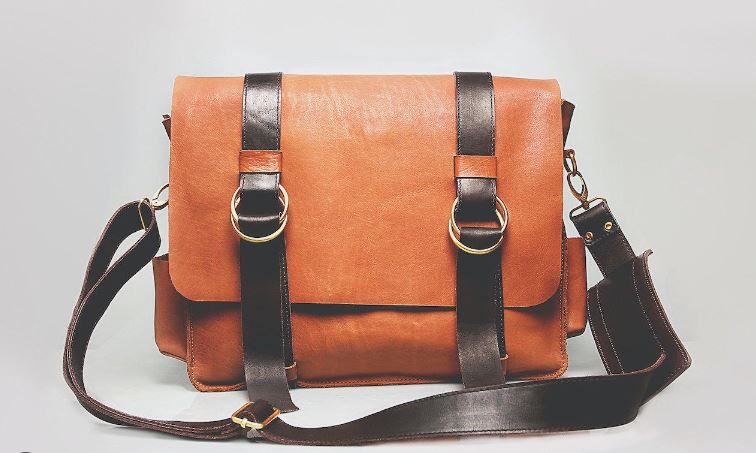The Evolution of Fashion and Functionality
By Marilyn Lopez / August 26, 2024 / No Comments / Purses
Fashion and functionality have evolved hand in hand over the centuries, transforming the way people dress. Today, clothing not only reflects personal style but also serves practical purposes. This shift has led to the rise of fashion and functionality, where clothes must be as useful as they are stylish. As the demands of modern life increase, the need for fashion that provides comfort, utility, and aesthetic appeal has become more significant.
Create Your Dream Purse
The Purse Workshop offers a wide selection of high-quality hardware and materials for crafting unique bags. After you’ve designed your perfect accessory, why not try your luck at an au online casino for some thrilling entertainment? Unleash your creativity with us!

The Evolution of Fashion and Functionality
The History of Fashion and Functionality
Historically, clothing has always had a functional purpose. Early humans wore garments for protection from the environment and harsh climates. Over time, fashion began to emerge as societies evolved, with different styles reflecting cultural norms, social status, and regional trends. However, fashion and functionality still remained closely intertwined. For example, armor provided protection during battles while also symbolizing power and authority.
In the 19th and early 20th centuries, the Industrial Revolution spurred innovations in textile production, allowing designers to create more complex and fashionable garments. During this period, fashion and functionality began to diverge, with fashion becoming more about aesthetics and less about practicality. Clothes were designed to look beautiful, often prioritizing appearance over comfort or function.
Blending Fashion and Functionality in Modern Clothing
In the modern era, the balance between fashion and functionality has become more important. With the fast pace of contemporary life, consumers expect clothing to provide both style and utility. For instance, activewear and athleisure have revolutionized the fashion industry by offering a blend of comfort, flexibility, and trendiness. These clothes are designed to transition easily from workouts to casual outings, merging fashion with performance.
Additionally, innovations in fabric technology have pushed the boundaries of what clothing can achieve. Moisture-wicking materials, UV-protective fabrics, and temperature-regulating textiles are just a few examples of how functionality is becoming embedded in fashion. Designers are continuously finding new ways to create garments that serve a purpose, whether it’s protecting the wearer from the elements, enhancing performance, or simply offering greater comfort throughout the day.
Fashion brands have also embraced multi-functional clothing to cater to the needs of modern consumers. Convertible jackets that transform into bags, dresses with hidden pockets, and shoes with removable insoles exemplify how style and utility come together in practical designs. This focus on utility without sacrificing style has allowed the fashion industry to keep pace with evolving consumer expectations.
The Role of Sustainability in Fashion and Functionality
Sustainability plays a vital role in the ongoing evolution of fashion and functionality. As consumers become more aware of environmental issues, they seek clothing that is not only fashionable and functional but also eco-friendly. The rise of sustainable fashion has led to the creation of garments made from recycled or organic materials, designed to reduce waste and minimize the environmental impact.
Functionality also extends to durability, with consumers increasingly favoring high-quality, long-lasting items over fast fashion. Designers are responding by creating timeless pieces that remain functional and stylish for years to come. Moreover, versatile clothing that can be worn in different settings contributes to a more sustainable wardrobe, allowing consumers to buy fewer items while maximizing their usage.
Fashion and Functionality in Technology
The integration of technology into clothing has further blurred the lines between fashion and functionality. Wearable tech, such as smartwatches and fitness trackers, merges technology with style. Meanwhile, smart fabrics that adjust to body temperature or monitor health conditions are transforming the way we think about clothing.
Moreover, 3D printing and AI-driven design processes enable greater customization, allowing designers to create functional clothing tailored to individual needs. This fusion of fashion and technology opens up new possibilities for creating garments that are both innovative and practical, catering to the diverse demands of modern life.
Conclusion
The evolution of fashion and functionality continues to shape the clothing industry. As consumers demand more from their clothes, designers must find ways to create garments that offer both style and utility. From athleisure to sustainable fashion, the blending of aesthetics and practicality is now a hallmark of modern fashion. As technology and innovation advance, the future of fashion will likely see even more exciting developments, where functionality plays an essential role in design.
